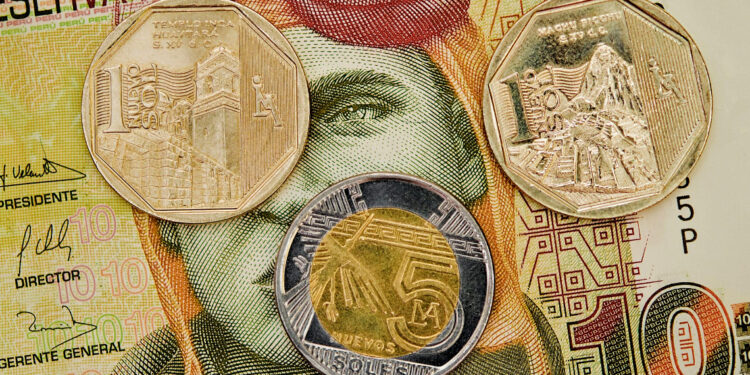When we think of a strong currency, two essential elements define it: stability and high global demand. The Peruvian currency, the Sol, meets these characteristics, standing out as one of the most original and stable in all of Latin America. How did it become so strong? What hidden history lies behind its evolution? Join us to explore this fascinating journey of the Peruvian currency.
The Sol: A Currency with Its Own Identity and Originality
In a continent where many nations use some variant of the Peso, the Peruvian currency, the Sol, stands out for the originality of its name. Today, it is recognized not only for its unique name, but also for its strength. In the last 30 years, the Peruvian currency has been the least devalued in Latin America, placing itself among the 5 strongest and most stable currencies in the region. This achievement is largely due to the country’s solid macroeconomic situation and the independence of the Central Reserve Bank of Peru (BCR) in conducting monetary policy.
The Origin of Trade: From Barter to Gold Coins
Before the arrival of the Spanish, the exchange system in ancient Peru was based on barter, in which products were exchanged directly. However, currency as we know it first appeared in Peru in the 16th century with the arrival of the Spanish conquistadors.
At that time, the first coins that circulated in Peru were the Peso Ensayado and the Tejón, both made of gold. Although valuable, they were not practical for everyday transactions due to their high value. With the growing need for coins that would facilitate smaller transactions, the first big step was taken in the creation of a monetary system of its own.
The First Mint in Lima
In April 1565, King Philip II of Spain authorized Viceroy Diego López de Zúñiga to establish the Lima Mint, where coins began to be minted in 1568. During the viceroyalty, the reference currency was the Spanish Real, with denominations of 2, 4 and 8 reales, with the 8 reales being known as the Peso. This peso was one of the most used coins throughout the Spanish empire, including America.
The First Peruvian Peso: A Sun Between Two Hills
With the declaration of independence in 1821, the Mint was renamed the National Mint, and the first Peruvian coin was issued with a rising sun between two hills. This coin was called the Real, and included a condor and a llama, national symbols, along with the motto “Free Peru.” This first coin was also known as the Peso.
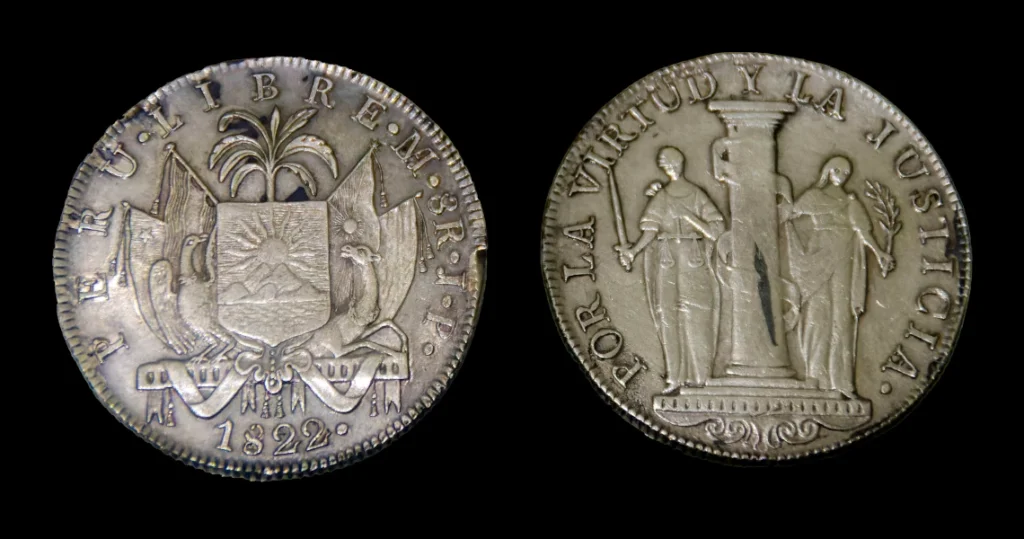
The Sol Appears: 1863, A New Monetary Era
The name Sol for the Peruvian currency first appeared in 1863, although it was replaced by the Peruvian Gold Pound in 1897. This pound, made of gold, weighed 7.9 grams and was equal to 10 silver soles. However, the pound’s cycle ended in 1931, when it was replaced by the Sol de Oro. The Sol de Oro and Its Fall Amid Inflation
The Sol de Oro, although made of bronze, quickly became known as “the Sol.” Its exchange rate with the dollar was initially 2.50 soles for each dollar. But rising inflation between the 1970s and 1980s caused this currency to lose its purchasing power. To deal with the crisis, in 1985, during the government of Fernando Belaúnde Terry, a new monetary unit was introduced: the Inti, in honor of the Inca god of the Sun. Inti means Sun in Quechua.
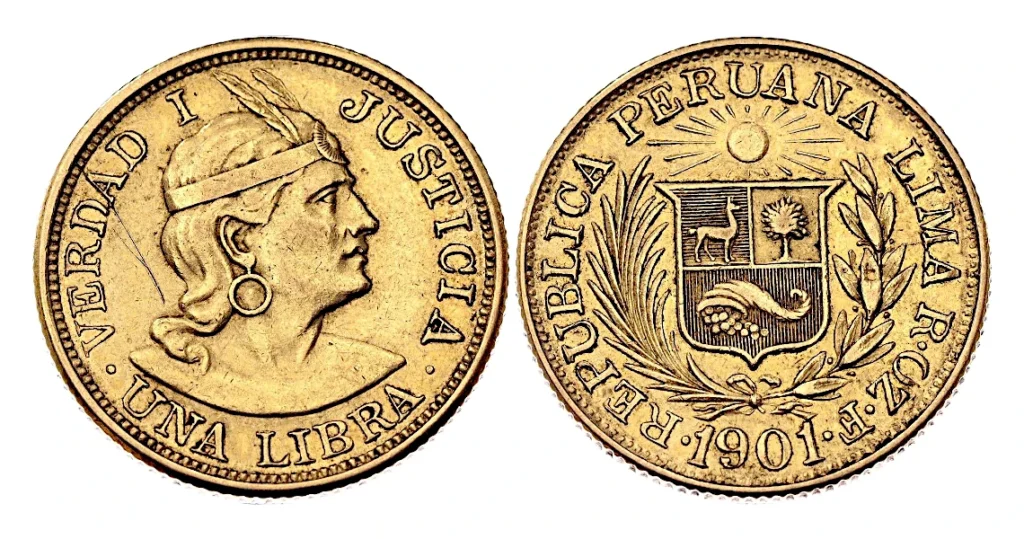
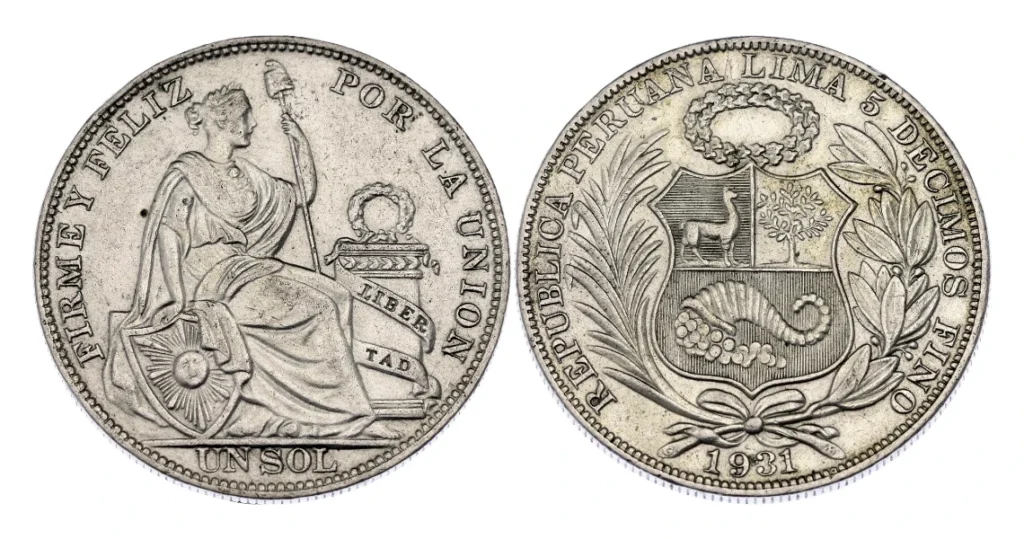
The Inti: From Hope to Hyperinflation
Although the Inti began with hopes of stabilization, its brief history was marked by uncontrolled hyperinflation, particularly during the first government of Alan García Pérez. Bad economic policy, capital flight, and excessive money printing led to a historic inflation of 2,178,482%. In 1990, the number of zeros on the Inti bills was overwhelming: 300 thousand Intis were needed to obtain 1 American dollar!
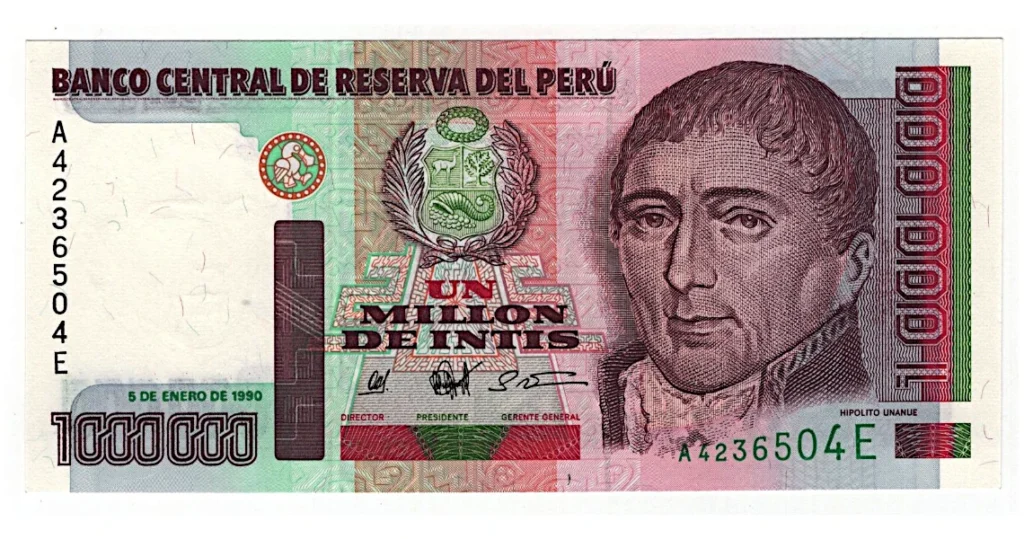
The Rebirth of the Sol: The Nuevo Sol (1991)
In the midst of this crisis, the government of Alberto Fujimori launched the Nuevo Sol on July 1, 1991, establishing an exchange rate of 1 Nuevo Sol for 1,000,000 Intis. This was a crucial turning point. The stability of the Nuevo Sol, supported by responsible economic policies and the BCR, allowed Peru to begin to recover.
The Sol of Today: A Currency with History and Future
In December 2015, the Nuevo Sol was renamed simply Sol, marking a return to its historical identity. In April 2024, the Peruvian economy grew by an impressive 5.3%, consolidating the Sol as a reliable and stable currency in the region.
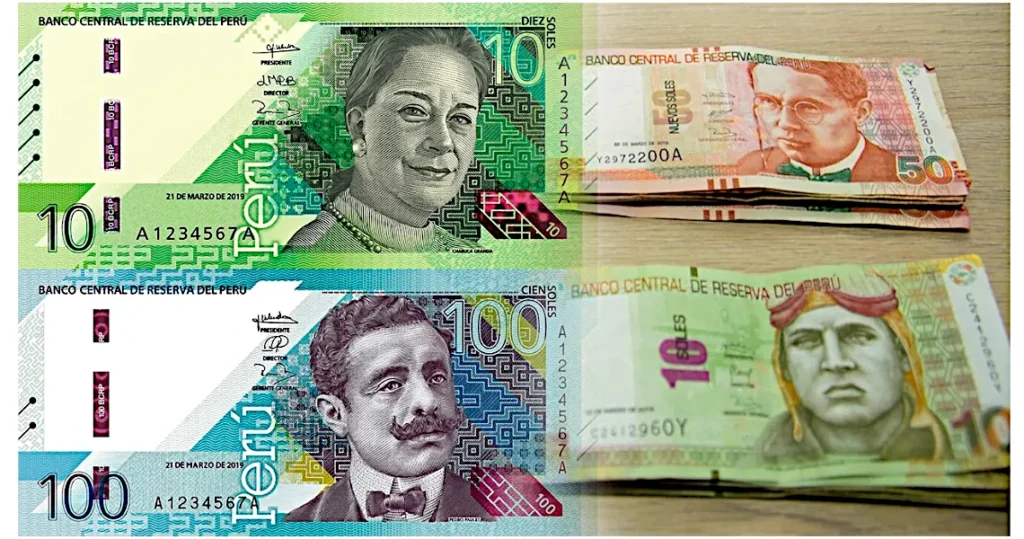
The Sol Shines Strong in Peru
The Peruvian currency, the Sol, is much more than just a means of exchange. It is a reflection of the resilient Peruvian spirit, which has faced wars, economic crises and radical changes. Today, the Sol is not only a symbol of stability, but also of the originality and autonomy of a country that stands firm on the Latin American stage.
With the Sol, Peru not only shines, but continues to build an economic history full of challenges, achievements and a promising future. The Sun continues to shine for all Peruvians!


